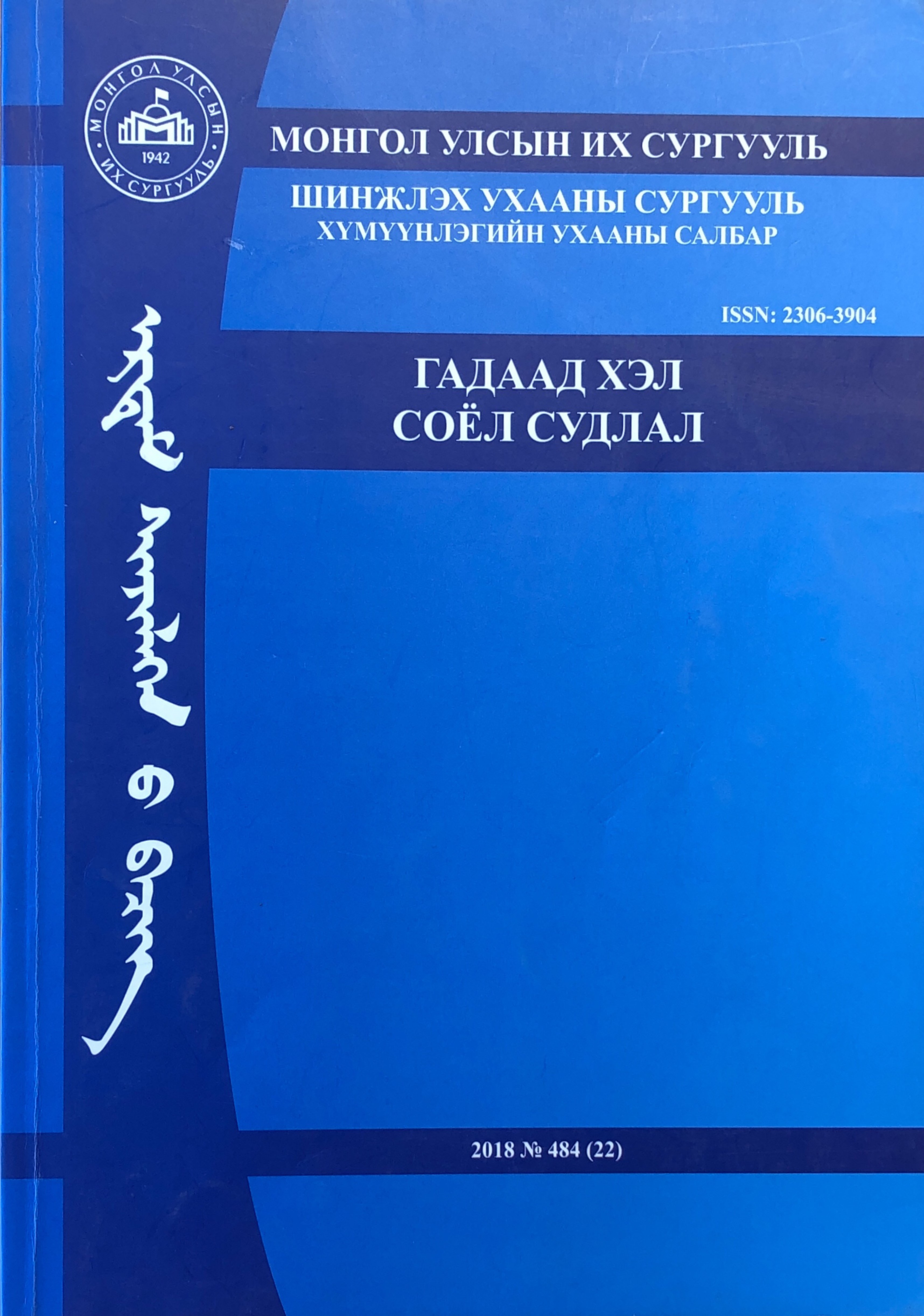Япон хэлний сургалтанд хамтран суралцахуйн аргыг ашиглах асуудалд
Some issues on using collaborative learning methods in Japanese language teaching
DOI:
https://doi.org/10.22353/MJFLC2018104Keywords:
хамтран суралцахуй, япон хэлний сургалт, уншиж ойлгох чадварыг хөгжүүлэхAbstract
The most difficult thing to improve for the typical Japanese learner (student) is their reading comprehension skills. In this research, we are focusing on the methodology behind improving our students’ reading comprehension skills in Japanese. Therefore, we aimed to apply Collaborative (peer) learning activities to improve the typical student who is learning Japanese and overall classroom effectiveness. In this research, we used methods of both quantitative research as well as quality research. For example, we exercised methods of quality research such as observation, documentation, experimentation, and surveying. And for quantitative research methods, we used statistical analysis methods based on the SPSS program. So far, using the Japanese researcher, Tateoka’s, “Collaborative (Peer) Learning Model,” we have seen positive results, such as, our students becoming more interested and active in the readings. For those reasons, we believe Tateoka’s “Collaborative Learning Model” should be used continuously to better our students’ reading comprehension skills.
References
Barkley, E., Cross, K., & Major, C. (2005). Collaborative Learning Techniques: A handbook for college faculty.
Жонсон, Д., Жонсон, Р., & Холубек, И. (1990). Анги танхим дахь хамтын ажиллагаа.
Edina MN Interaction Book Company.
池田玲子、舘岡洋子. (2007). ピアラーニング入門 - 創造的な学びのデザインのために. 東京: ひつじ書房.
舘岡洋子. (2005). 一人で読むことからピア-リーディングへ. 東京.





